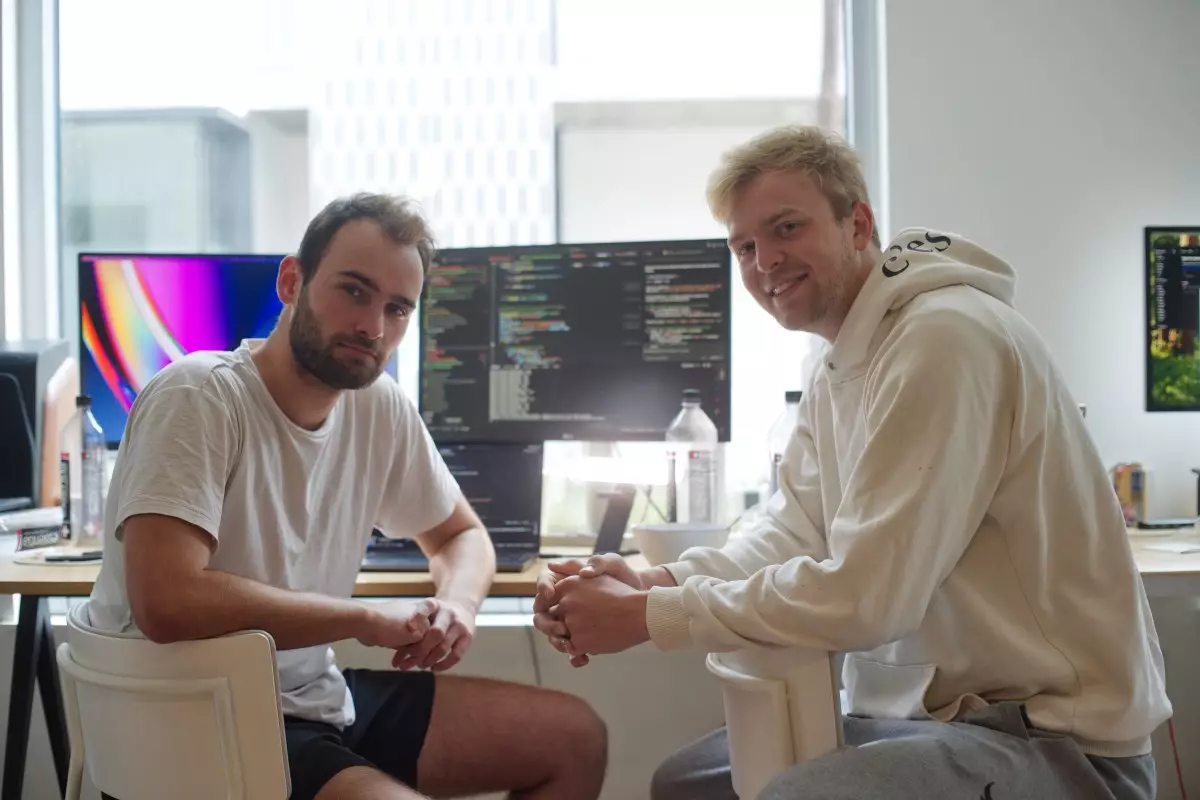The landscape of artificial intelligence is brimming with potential yet still navigating the ambiguity of what defines an “AI agent.” In this uncertain terrain, innovative startups are rapidly emerging, creating sophisticated tools aimed at automating a myriad of tasks across digital platforms. Among these pioneers, Browser Use stands out, captivating attention from both developers and investors. Their mission? To enhance website accessibility for AI agents, ensuring seamless interaction in an increasingly automated world.
Browser Use recently announced a remarkable seed funding round, garnering a hefty $17 million led by Felicis Capital’s Astasia Myers, with significant contributions from venture stalwarts like Paul Graham, A Capital, and Nexus Venture Partners. This impressive financial backing signals a robust validation of Browser Use’s revolutionary approach to AI interaction. Operating as part of Y Combinator’s prestigious Winter 2025 batch, the company is riding a wave of growing notoriety. Their transition into the public eye was expedited by the viral success of the Manus tool developed by the Chinese startup Butterfly Effect, which showcases the transformative potential of Browser Use’s technology.
Innovators at the Helm
The founders of Browser Use, Magnus Müller and Gregor Zunic, epitomize the spirit of innovation fostered in academic environments. Initial sparks of collaboration ignited at ETH Zurich, where the duo met during their master’s program in data science. Drawing from Müller’s extensive experience with web scraping tools, they envisioned a seamless integration of data science principles with practical web automation tasks. This groundbreaking idea took physical form when they developed a working demo in a mere five weeks, a feat that not only showcased their commitment and inventiveness but also opened the gateway to an open-source future.
Their technology fundamentally reinterprets the interaction between AI agents and websites. By translating web elements into a format that is more digestible—essentially a “text-like” structure—Browser Use empowers AI agents to better comprehend and navigate online environments. This strategic modification alleviates the common pitfalls faced by agents reliant on visual systems, such as those that depend on screenshots. According to Müller, this innovative framework results in cost-effective scalability, allowing repeated executions of tasks without incurring exponential costs.
A Growing Demand for Enhanced Navigation
As the demand for intelligent web interaction escalates, more AI companies are exploring avenues to enhance the capabilities of their agents. Müller suggests that Browser Use stands on the brink of becoming a crucial infrastructure layer for this ecosystem. The reception of their solution has been overwhelmingly positive, with more than 20 companies currently participating in the Y Combinator Winter batch employing Browser Use for various applications. The need for robust tools that simplify agent navigation is palpable, as many websites—like the ever-changing landscape of LinkedIn—often leave agents struggling to interpret dynamic content efficiently.
The ongoing evolution of the web means that companies are increasingly seeking ways to optimize how AI interacts with their digital storefronts. Müller highlights the proactive inquiries from organizations asking, “How can we enable agents to navigate our website more smoothly?” This inquiry underscores a crucial realization that the conventional approach to web design may need to adapt in favor of an AI-centric perspective. Clients and businesses stand to benefit immensely from the efficiencies unlocked by Browser Use’s technology.
Investing in the Next Frontier
According to Astasia Myers, Felicis Capital has been eyeing the AI agents sector for several years, eagerly exploring promising ventures. Browser Use emerged as a standout opportunity, not just because of its innovative technology but due to its founding team’s dedication to an open-source philosophy. This paradigm ensures that a broader community can contribute to and enhance the platform, ultimately accelerating its growth potential.
Myers articulated a compelling vision of the future: she believes that the domain of web AI agents represents “the next frontier” in end-to-end automation of human tasks. As technology evolves, the friction between humans and digital interfaces will gradually dissolve, giving way to a harmonious synergy where AI can autonomously navigate the web in service of user needs.
In this light, Browser Use stands not merely as a startup but as a symbol of a paradigm shift—where the convergence of artificial intelligence and web navigation could revolutionize how we interact with information in the digital age. The implications of their work extend beyond operational optimizations; they challenge us to reconsider our relationship with technology itself, ultimately paving the way for a smarter, more interconnected online world.

